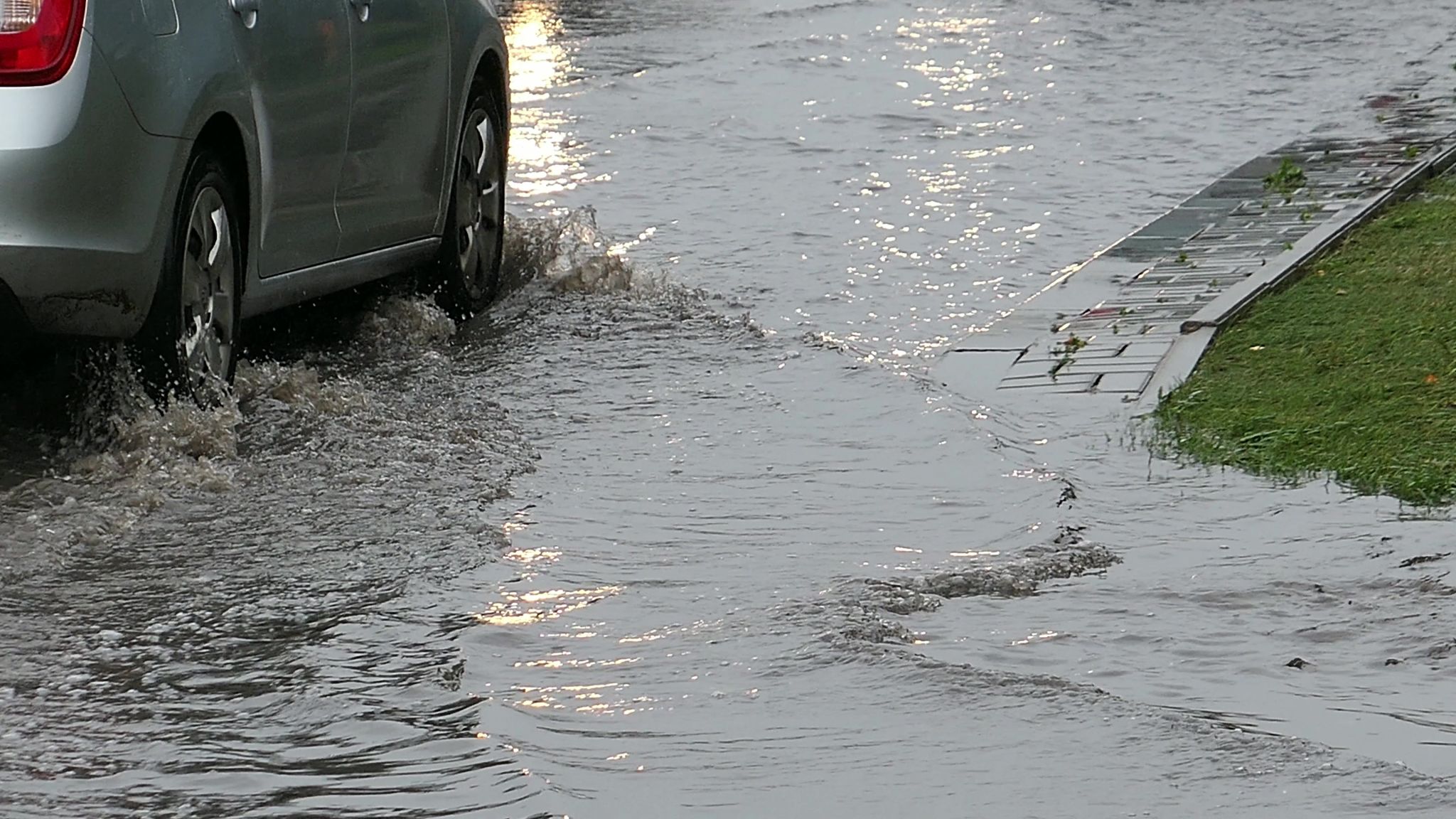Preparing for Flood Season: Essential Insurance Tips for NY Property Owners
Understanding Flood Insurance Basics
As a New York property owner, preparing for flood season is crucial. One of the essential steps in this preparation is understanding flood insurance. Unlike standard homeowners' insurance policies, flood insurance is a separate policy designed to cover damage caused by flooding events. If your property is in a high-risk flood area, having this insurance is not just advisable but often required by mortgage lenders.

Assessing Your Risk
Your first step should be to assess the flood risk specific to your property. The Federal Emergency Management Agency (FEMA) provides flood maps that can help determine whether your area is considered high-risk. Knowing your property's flood zone will guide you in understanding the necessary level of coverage and the potential costs involved.
Even if your property is not in a high-risk area, it’s important to consider obtaining flood insurance. According to FEMA, around 20% of flood claims come from properties outside high-risk flood zones. This highlights that the risk might be greater than anticipated.
Types of Flood Insurance Coverage
Flood insurance policies typically cover two main areas: building property and personal belongings. Building property covers structural elements like walls, flooring, and machinery, while personal belongings coverage protects items like furniture, clothing, and appliances. It’s important to review both coverage types to ensure comprehensive protection.

Evaluating Policy Options
When choosing a flood insurance policy, it’s essential to evaluate different options available through the National Flood Insurance Program (NFIP) and private insurers. The NFIP offers standardized policies, but private insurers may provide additional coverage options or competitive rates. Comparing policies can help you find the best fit for your needs and budget.
Consider the deductibles and limits associated with each policy. Higher deductibles can lower your premium costs but could result in higher out-of-pocket expenses after a flood event. Balancing these factors is key to making an informed decision.
Preparing for Claims
Before flood season begins, ensure you have a clear understanding of the claims process for your chosen insurance policy. Documenting your property’s condition with photos and maintaining an inventory of your belongings can expedite the claims process if damage occurs. Keep your insurance documents easily accessible, and have contact information for your agent or insurer handy.

Maintaining Your Policy
Regularly review and update your flood insurance policy as needed. Changes in your property or updates to FEMA's flood maps could impact your coverage requirements or premiums. Staying informed about these changes ensures that your policy remains adequate and cost-effective.
Additionally, consider implementing preventative measures such as installing sump pumps or elevating critical utilities. These actions not only reduce the risk of damage but could also potentially lower your insurance premiums.
Conclusion
Preparing for flood season in New York requires proactive steps and a thorough understanding of flood insurance options. By assessing your risk, choosing the right coverage, and maintaining your policy, you can protect your property from devastating financial losses due to flooding.
Remember, being prepared today can save you significant stress and expense in the future. Ensure that you review your options carefully and take all necessary precautions to safeguard your property.
